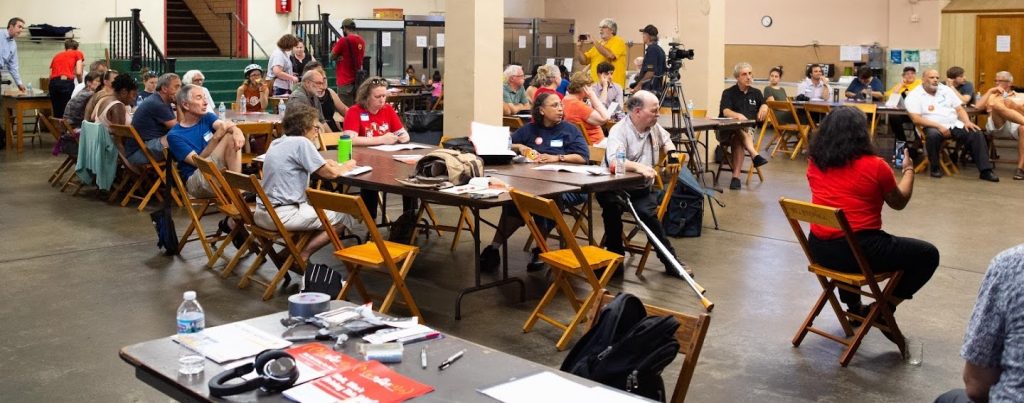
On Thursday, July 18th, more than 70 residents from Hazelwood, the Run, Panther Hollow, and the surrounding communities made it known: the public wants to be included in the City’s decisions about driverless vehicle technology on their public streets with their public money.
The high turnout at PPT’s first forum on driverless vehicle technology shows that neighbors have serious questions that remain unanswered about the technology and the City’s decisions to underwrite it with public resources.
The event, called “Bringing the Public to the Autonomous Vehicle Table”, was held to open a conversation with residents about the impacts of Autonomous Vehicles, and give space to have residents outline the needs they have in their communities, and compile the questions that they have around the technology.
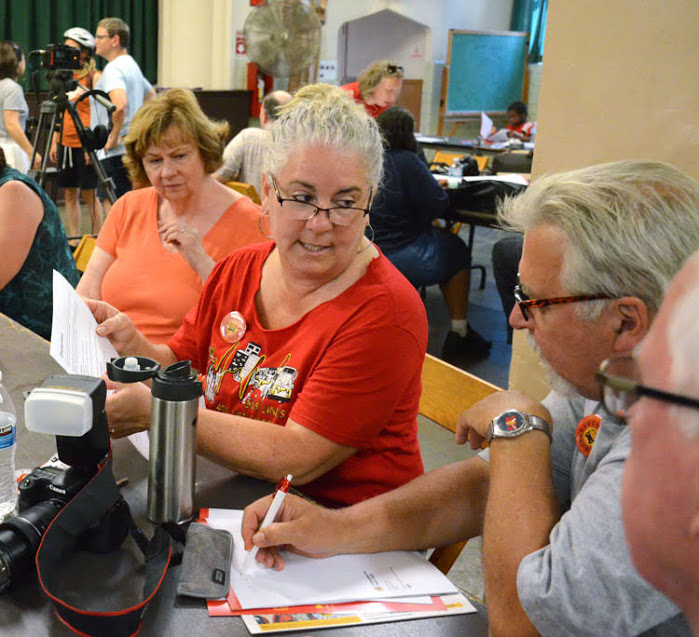
This is a vital conversation to have with residents of these neighborhoods because they are currently being included in a City of Pittsburgh proposal to experiment with a driverless shuttle between the Hazelwood Green development site and the Universities in Oakland. Residents have never raised an autonomous shuttle as a need for their community, nor have they been given a voice in the City’s decision to use them as a test-site.
In fact, in the three years since driverless vehicles have started testing on Pittsburgh streets, the City has never held a public forum or conversation about AV.
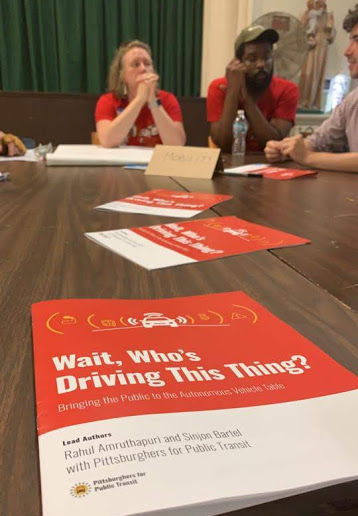
PPT used the event to release a new literature review that was compiled with researchers at the University of Pittsburgh titled, “Wait, Who’s Driving This Thing?: Bringing the Public to the Autonomous Vehicle Table”. The review examines over 100 articles and publications to give context around the downstream impacts of Autonomous Vehicle technology.
At the event, a series of speakers gave context and perspective about why public inclusion is important, and what is at stake when deciding to invest in new technology over proven transportation solutions. Attendees then broke out into five tables – pedestrian safety, mobility, jobs, environment, data privacy – to discuss their needs and values, as well as list the further questions they have on AV, public investment, and public process.
We will update this blog with the input that residents gave at this meeting. But information like this (about the wholistic effects of new transportation technology), as well as the public forums like these (to allow for discussion and accountability), are essential to creating an equitable process for residents to make decisions about public investment.
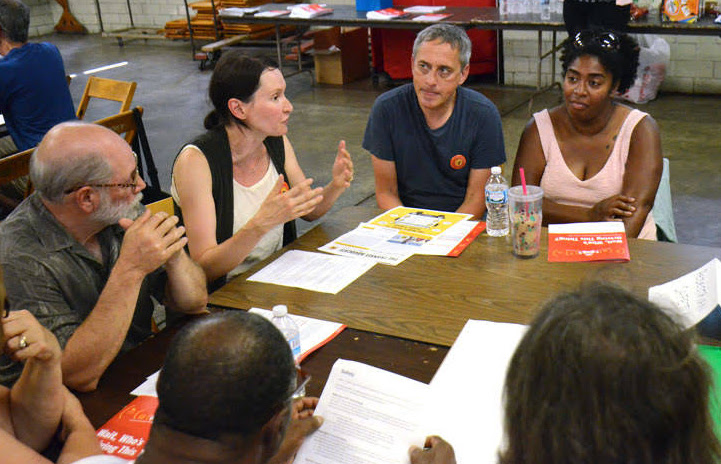
News coverage of the event
- The Promise Of Autonomous Vehicles Has Been Oversold In Pittsburgh, Advocates Say, Margaret J Krauss, WESA
- Pittsburgh Reveals the Downside of Self-Driving Cars, Angie Schmitt, StreetsBlog
See the full report of “Wait Who’s Driving This Thing?: Bringing the Public to the Autonomous Vehicle Table”
Or the 1-page summary document here.
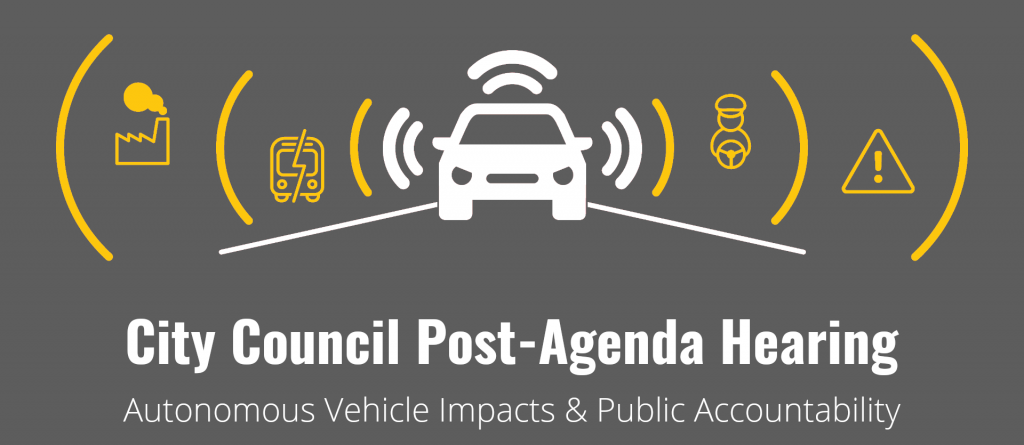
Join us on Tuesday for this City Council Post-Agenda Hearing on Autonomous Vehicle Impacts.
Experts will be joining us from the Union of Concerned Scientists, Transport Workers Union, BikePGH, and CMU to talk about their work and the future that they see for AV. More information on the Post-Agenda Hearing here.